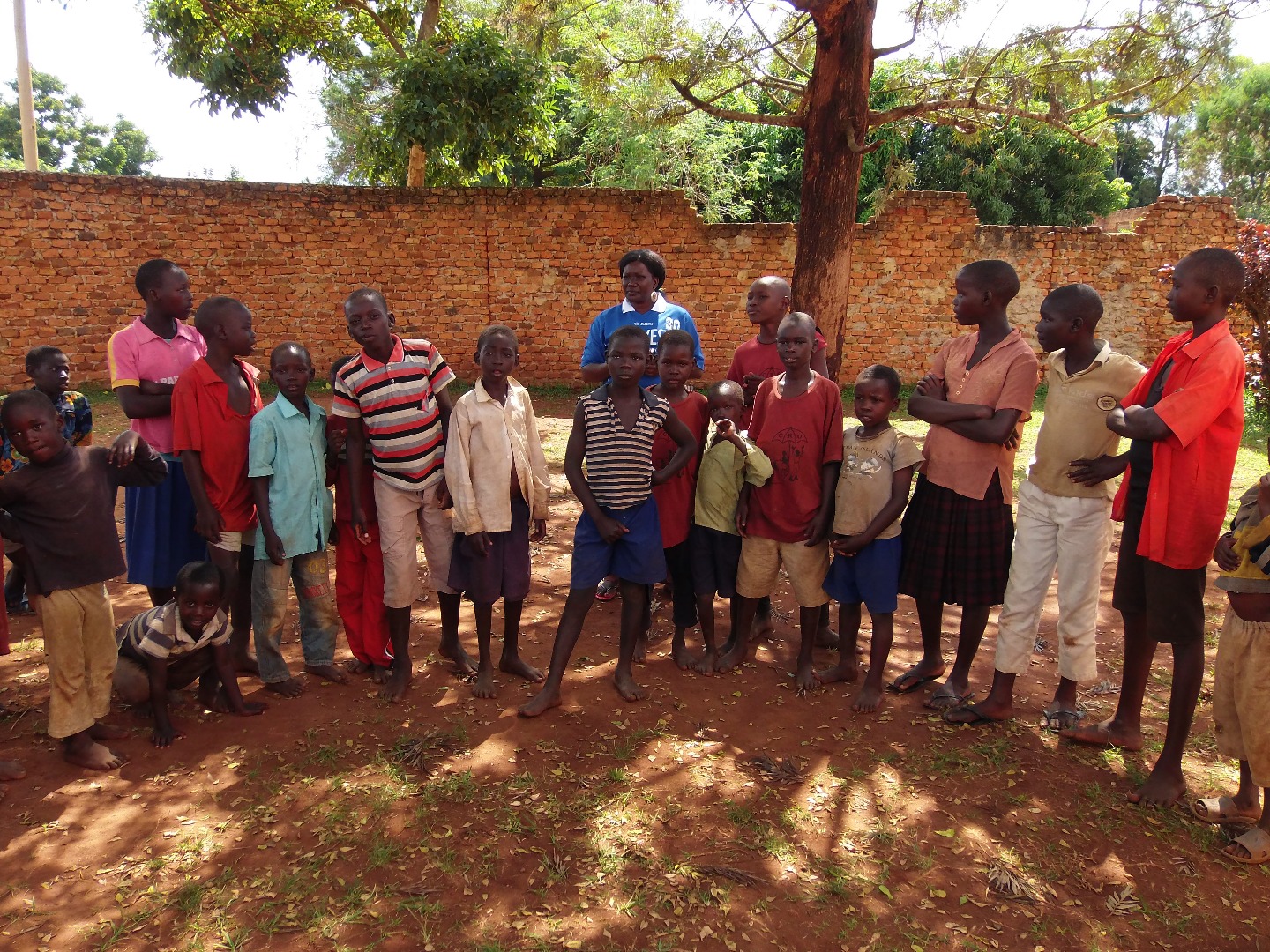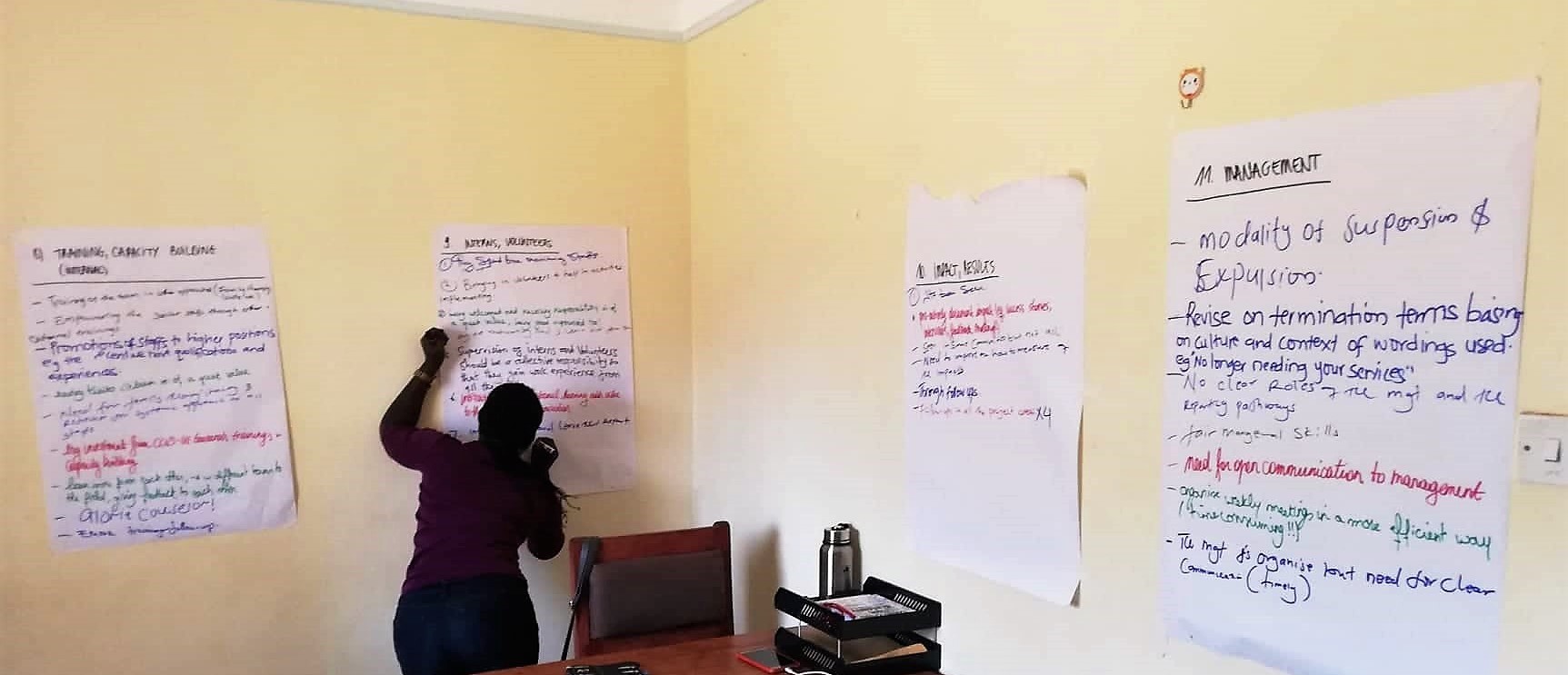THE ROLE OF ARMED CONFLICTS IN THE PHENOMENON OF STREET CHILDREN IN EASTERN DRCONGO
Country
DRCongo
01-10-2015 - 30-09-2019
Special Research Fund (Ghent University)
Street life involvement of children is not an unknown phenomenon, neither in ‘Southern’, nor in ‘Northern’ countries (Barker et al., 2014). Worldwide, the number of children and adolescents living on the streets is between 100 and 150 million, and, while it is difficult to obtain figures within a specific country or a city, the numbers appear to be increasing (Altanis & Goddard, 2004; UNICEF, 2006).
Children who spend their days largely unsupervised in public spaces are commonly referred to as “street children.”However, often two groups of street children are identified: “children on the street”, who spend their days working on the streets, but who usually return home to sleep at night (so-called “working children”), and “children of the street”, who spend their days and nights on the streets (“street children”) (Connolly & Ennew, 1996; Vameghi et al., 2014). Although such distinctions have been criticized (Panter-Brick, 2002), and these categories are fluid and overlapping, still they may have important distinct characteristics (Gross, Landfried, & Herman, 1996).
Understanding the reasons why some children work on the streets, while others live there, and how causal factors differ by particular characteristics is therefore essential in developing appropriate and effective services.
Children who spend their days largely unsupervised in public spaces are commonly referred to as “street children.”However, often two groups of street children are identified: “children on the street”, who spend their days working on the streets, but who usually return home to sleep at night (so-called “working children”), and “children of the street”, who spend their days and nights on the streets (“street children”) (Connolly & Ennew, 1996; Vameghi et al., 2014). Although such distinctions have been criticized (Panter-Brick, 2002), and these categories are fluid and overlapping, still they may have important distinct characteristics (Gross, Landfried, & Herman, 1996).
Understanding the reasons why some children work on the streets, while others live there, and how causal factors differ by particular characteristics is therefore essential in developing appropriate and effective services.
SOCIAL CONTEXT
In sub-Saharan Africa, many factors are believed to contribute to children working and living on the streets, including the state of the economy, poverty, lack of educational opportunities, rural to urban migration, social changes (mainly linked to weakening family structures and family abuse), and HIV/AIDS (see e.g., Olley, 2006; Pirot, 2004; Sorber et al., 2014; Uddin et al., 2014; Veale & Donà, 2003; Young, 2004). Further, Uvin (1998), in his study on Rwandan street children, has argued that the Rwandan case highlights that it is not only poverty or family abuse, but also the effects of conflict and displacement that have led to children’s street life involvement. This finding has also been found in other studies in several African countries (see e.g., Mannaert et al., 2014), showing that civil unrest, war and political violence, and displacement act amongst the causal factors for the origins of street children.
Above, in post-conflict contexts, there is some evidence that a disproportionate number of street children come from families in which one or both parents are dead, mainly due to the war (see, e.g., Comrade, 1998; Veale et al., 1993).
Above, in post-conflict contexts, there is some evidence that a disproportionate number of street children come from families in which one or both parents are dead, mainly due to the war (see, e.g., Comrade, 1998; Veale et al., 1993).
OBJECTIVES
This study’s overall aim is to gain more insight into the role of armed conflicts and particular war-related experiences (i.e. child soldiering, and war-related sexual violence) in the dynamics and causes of street life involvement of children living in (post-)conflict contexts. Through enlarging this knowledge about the dynamics and trajectories of street life involvement of children living in contexts of armed conflict, we will then be able to better adapt the strategies of support and care for these children and their familial contexts.
Following research questions will guide the study:
1) Do war-related motives and experiences (displacement, sexual violence, child soldiering, parental separation, stigma following child soldiering/sexual violence,…) impact the reasons to become involved and to stay in the street, and is there a difference herein between “working children” and “street children”? (study 1)?
2) How do transition processes evolve from home to the street? (study 2)
3) What is the role of parents and other caregivers in children’s involvement in the street? (study 3)
4 How do transition process evolve from street to home? (study 4)
Following research questions will guide the study:
1) Do war-related motives and experiences (displacement, sexual violence, child soldiering, parental separation, stigma following child soldiering/sexual violence,…) impact the reasons to become involved and to stay in the street, and is there a difference herein between “working children” and “street children”? (study 1)?
2) How do transition processes evolve from home to the street? (study 2)
3) What is the role of parents and other caregivers in children’s involvement in the street? (study 3)
4 How do transition process evolve from street to home? (study 4)
PROJECT DESCRIPTION
The project will consist of three different studies, a large-scale study carried out by community researchers (study 1), an in-depth study of a smaller group, including the street children’s familial context (study 2), and a longitudinal follow-up of a small group of children returning back home (study 3).
Before the start of study 1 (actual data collection), the literature review already executed for this application will be further completed. Further, in each study, extensive attention will be paid to formulate and discuss recommendations towards policy, practice and research with the involved researchers and organisations, which then will be reported extensively as a separate chapter in the PhD. Further, large attention will be paid to the dissemination of the study findings and its recommendations through a local workshop in Eastern D R Congo, publications in international peer-reviewed journals, and presentations at international conferences.
Before the start of study 1 (actual data collection), the literature review already executed for this application will be further completed. Further, in each study, extensive attention will be paid to formulate and discuss recommendations towards policy, practice and research with the involved researchers and organisations, which then will be reported extensively as a separate chapter in the PhD. Further, large attention will be paid to the dissemination of the study findings and its recommendations through a local workshop in Eastern D R Congo, publications in international peer-reviewed journals, and presentations at international conferences.

